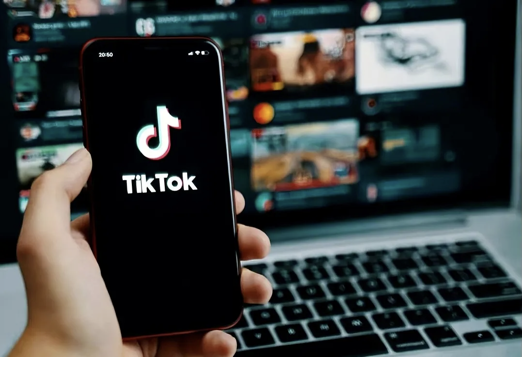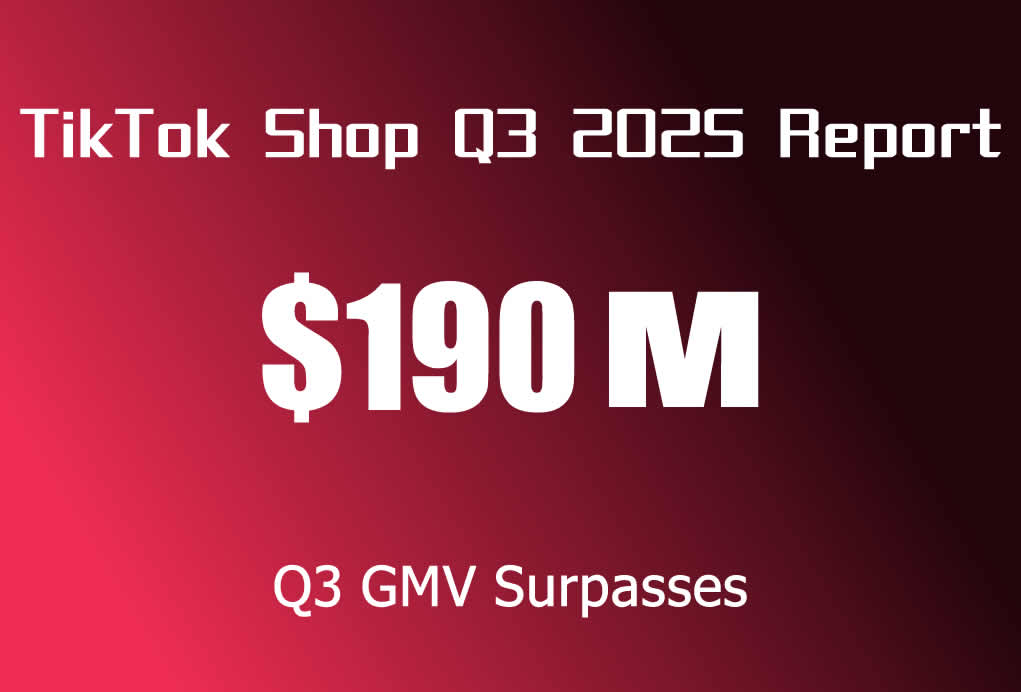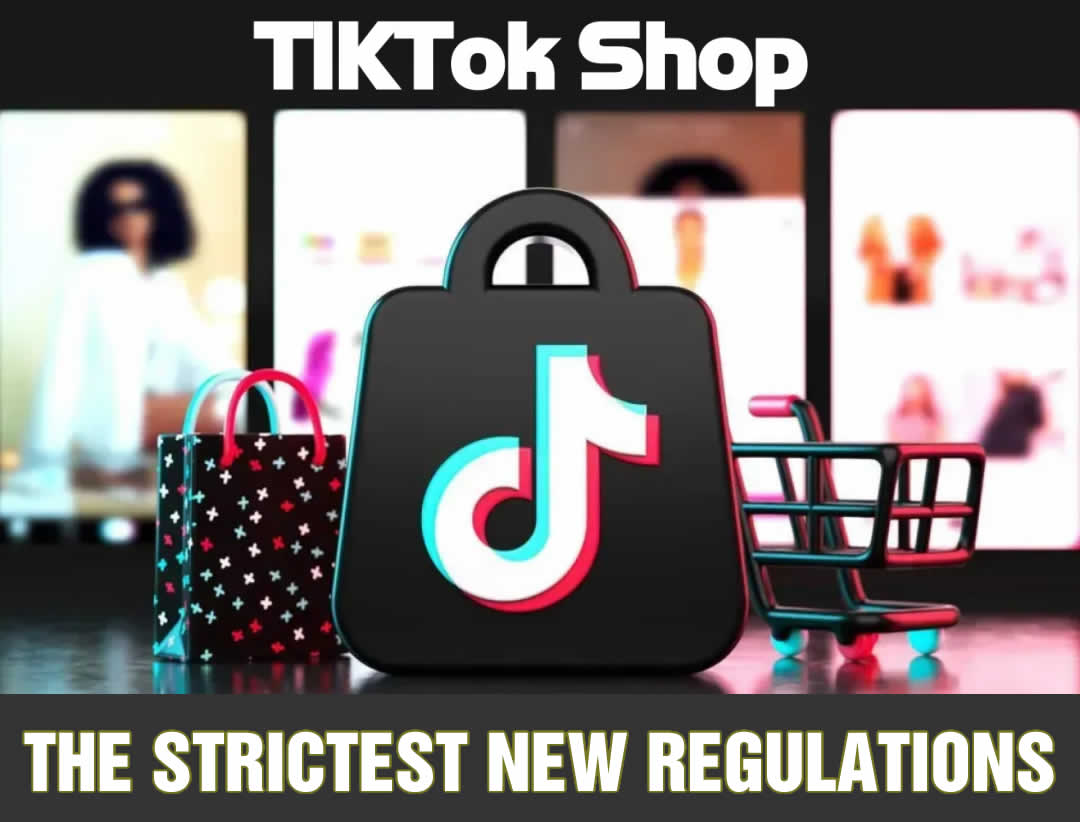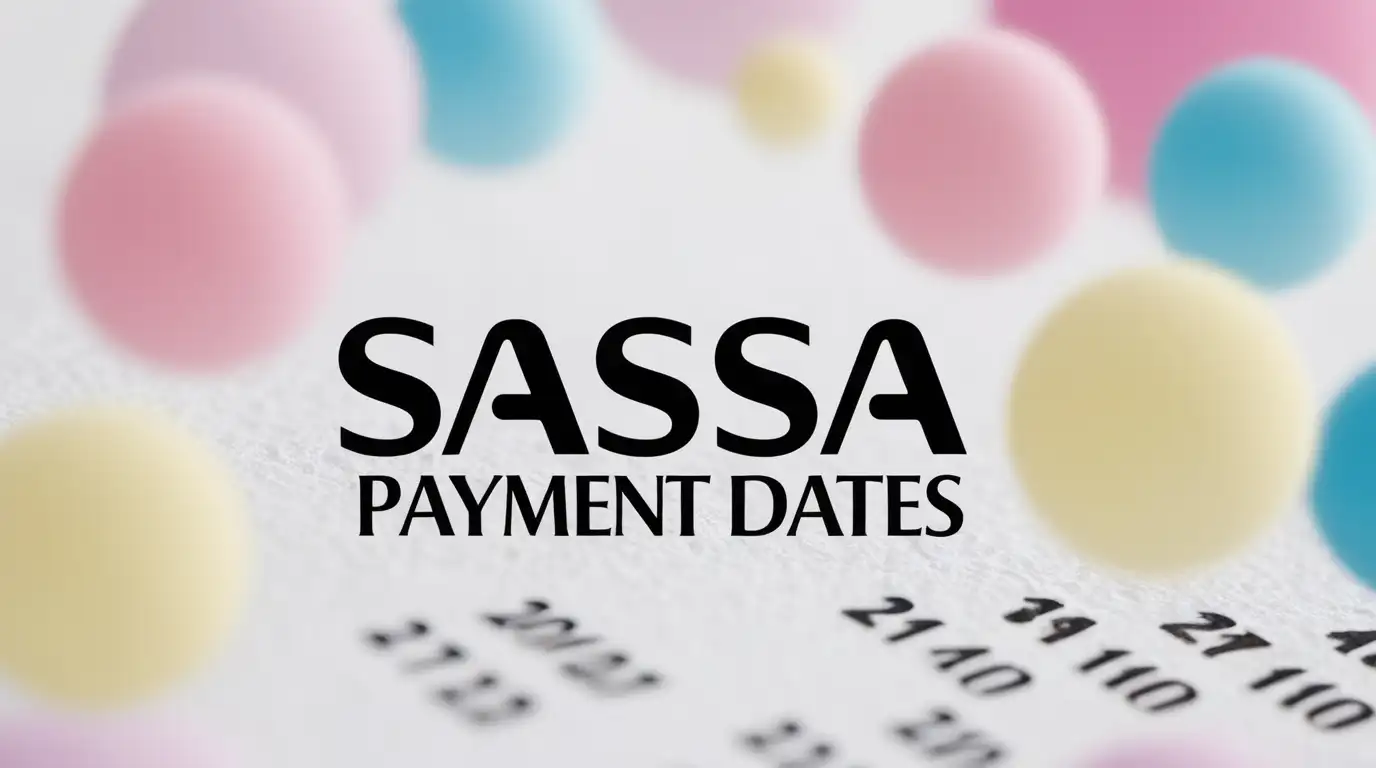Recently, we’ve shifted our focus to the IAA project, conducting research on video channels like Unity, Vungle, Applovin, ironSource, and Mintegral. These channels primarily draw traffic from in-game incentivized video views (where users voluntarily download), predominantly featuring video formats. Additionally, there are various other formats such as banners, both horizontal and vertical, depending on the game and its ad integration preferences.
The publishers integrated with these channels vary widely, encompassing hyper-casual, casual, and mixed-monetization products, including even some profit-oriented games.
Summarizing Unity’s deployment strategy:
- Series Approach: I typically establish three series per region: a standard series, a whitelist series, and a retention series. Given my focus on products with retention goals, I don’t utilize ROAS series. Unity allows multiple countries within a series, and I manage consumption budgets across countries through bidding.
In these series, I use the standard series for material testing to expedite iteration rates and observe material conversion and retention. The whitelist series continually adds good materials and reputable sub-sites while adjusting bids accordingly. For the retention series, bids are set within a 20% fluctuation range of the target CPI, translating to base bid and max bid ranges of 0.8 * target CPI and 1.2 * target CPI, respectively.
In terms of campaign optimization, I adjust bids based on the final retention rates per country multiplied by a coefficient. For example, if the target CPI for the US is $2, but actual retention is 1.1 times the target, I increase the bid accordingly to $2.2 (this is a hypothetical example, coefficients aren’t directly proportional to effectiveness). The same approach applies to the retention series; if retention reaches 1.1 times, the base bid adjusts to $2.2, shifting the retention series’ base bid range to 0.8 * 2.2 to 1.2 * 2.2.
Regarding series budgets, manual optimization is typically applied. I generally set more budgets. When Unity’s residual total budget is insufficient, the overall series exposure may slow down.
Note: Unity’s sub-site bids — even if a specific country isn’t targeted within a series but the campaign includes sub-sites for that country — will still be exposed according to sub-site bids, where sub-site bid weights outweigh campaign bids.
- Sub-Site Management: Effective sub-site control is critical within Unity. I regularly (now daily, programmatically) analyze sub-site performance, calculating proportions against actual retention and target retention, adjusting sub-site bids accordingly, and incorporating newly priced sub-sites into the campaign sub-site list per corresponding country. Exceptional sub-sites (e.g., installations exceeding 30 with markedly higher than targeted retention) are isolated for a whitelist series and receive increased bids. Through iterative optimization of sub-sites, good-performing sub-sites see bid increases, while underperforming ones witness bid reductions or even closure, thus enhancing product retention from the original 30% to around 36-40%.
Unity’s retention series inherently learns from appropriate sub-sites, evident from day two or three onwards, where overall series retention rates notably improve. There’s a possibility that beyond optimizing sub-sites, Unity identifies more suitable users based on conversion demographics (good retention, high events), although this hasn’t been thoroughly explored.
- Material Management: Currently, material management is relatively broad, testing extensively across countries for rapid screening of effective materials. Materials that fail to convert over extended periods or exhibit suboptimal post-conversion behavior are automatically cleared by the program.
Other considerations: When optimizing video channel deployment strategies, while sub-site optimization (site ID) remains paramount, advertising platforms also claim to operate as DSP platforms dependent on algorithms. Therefore, they can theoretically deploy based on retention, events, ROAS, etc. Presently, I’ve tested Unity’s retention deployment with promising results.
Apart from optimizing sub-sites and deployment objectives, attention to materials is crucial. Indeed, some materials may attract clicks but show poor retention, or they may exhibit good retention but fail to convert into payments (I haven’t yet advertised paid products, so severity is uncertain). Additionally, situations may arise where good retention doesn’t translate into subsequent events (potentially due to cheat mechanisms or publishers encouraging task completion for data manipulation).
Automation: Recently, we’ve significantly increased Unity deployments and further developed automation capabilities. We can now perform bulk country-wise uploads, automatically maintain country-wise pricing, optimize sub-site effectiveness, and track material performance. The system, based on set retention or event cost targets, gradually optimizes sub-site performance through natural selection. Simultaneously, we’re exploring Mintegral’s backend and documents, aiming to implement similar strategies programmatically to adjust bids automatically and rapidly enhance retention/event performances. It’s known that Applovin doesn’t support self-directed deployments, only additional materials. I estimate minimal deep dives into it.
If you find manual sub-site optimization laborious due to extensive product lines or country-wide deployments, feel free to contact us for direct representation. Automation ensures the optimization and efficiency of advertising data.




